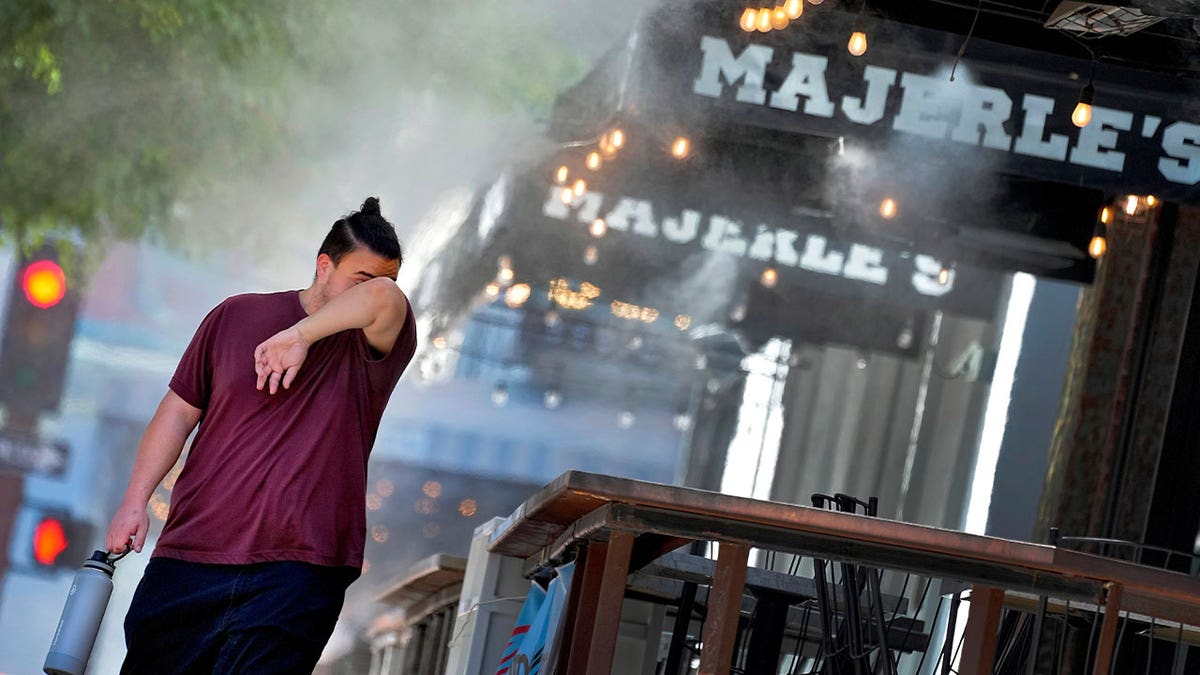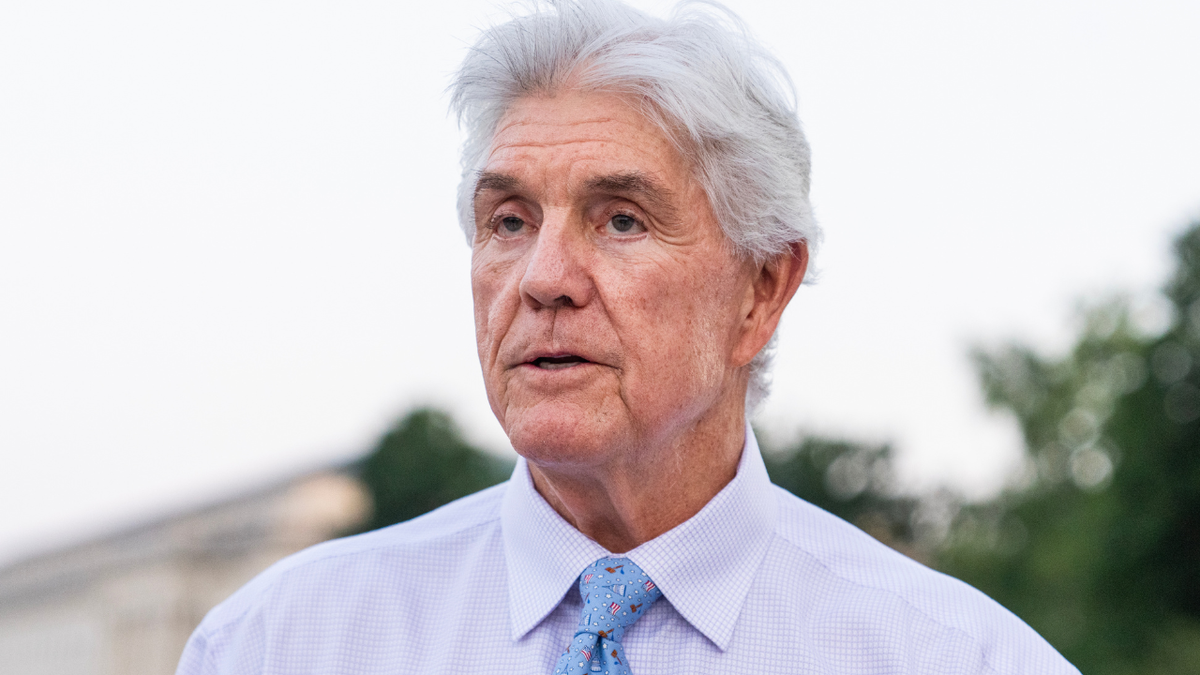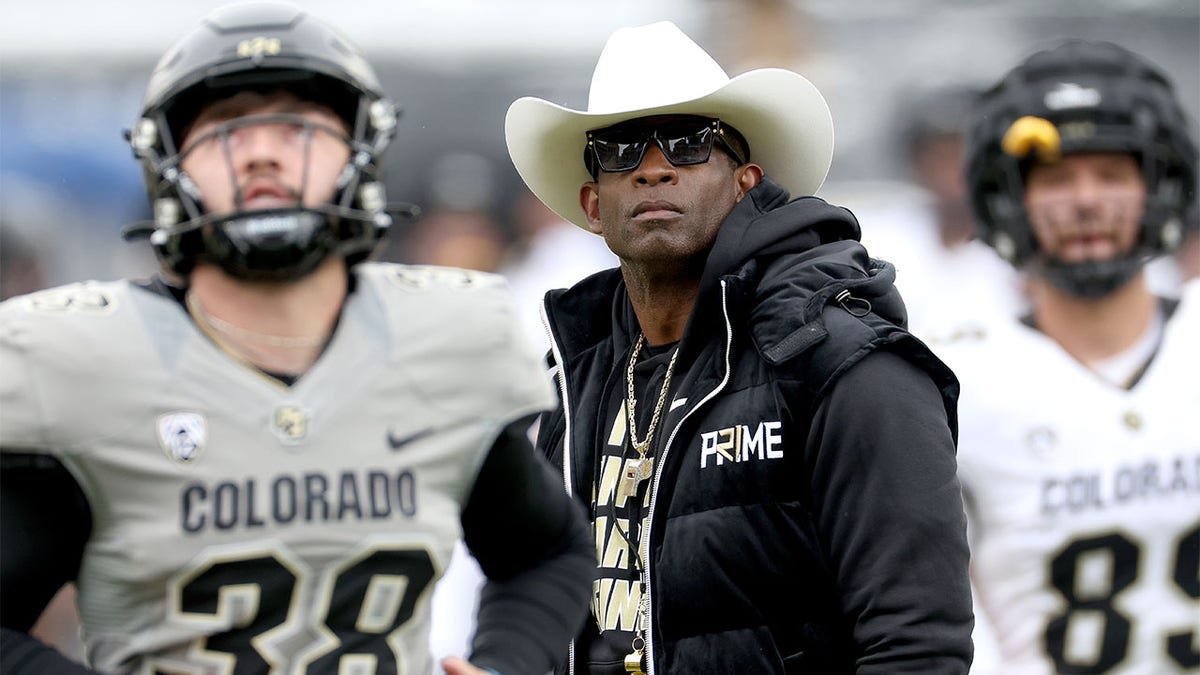The Supreme Court's decision to overturn affirmative action sparked strong reactions, with Justices Clarence Thomas and Sonia Sotomayor reading their opposing views aloud from the bench—a rare move highlighting the significance of the case. Thomas celebrated the ruling, stating, "Today, the Constitution prevails," and praised the decision for ending race-based admissions in higher education. He further elaborated on his originalist stance, arguing against all forms of race-based discrimination. 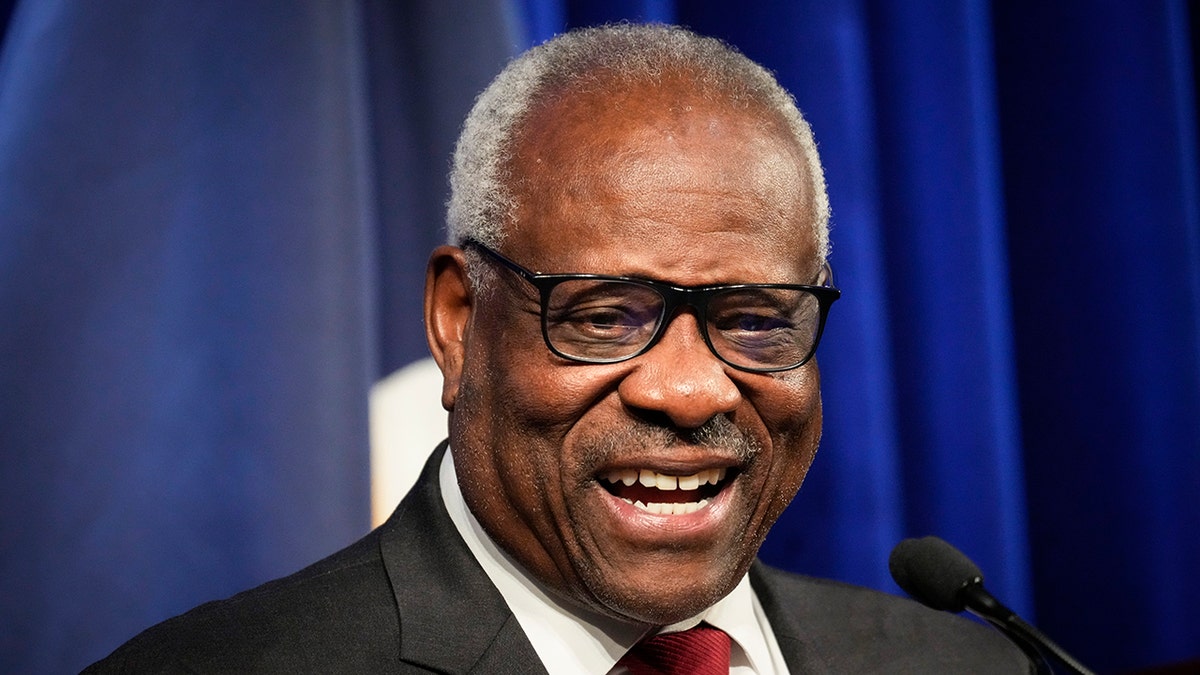
In contrast, Sotomayor, joined by Justices Jackson and Kagan, voiced a powerful dissent. She argued that the Equal Protection Clause guarantees racial equality and that race-conscious measures have a place in addressing historical and ongoing segregation. Sotomayor criticized the majority's decision as a step backward, hindering progress towards true equality in a society where race continues to hold significant weight. 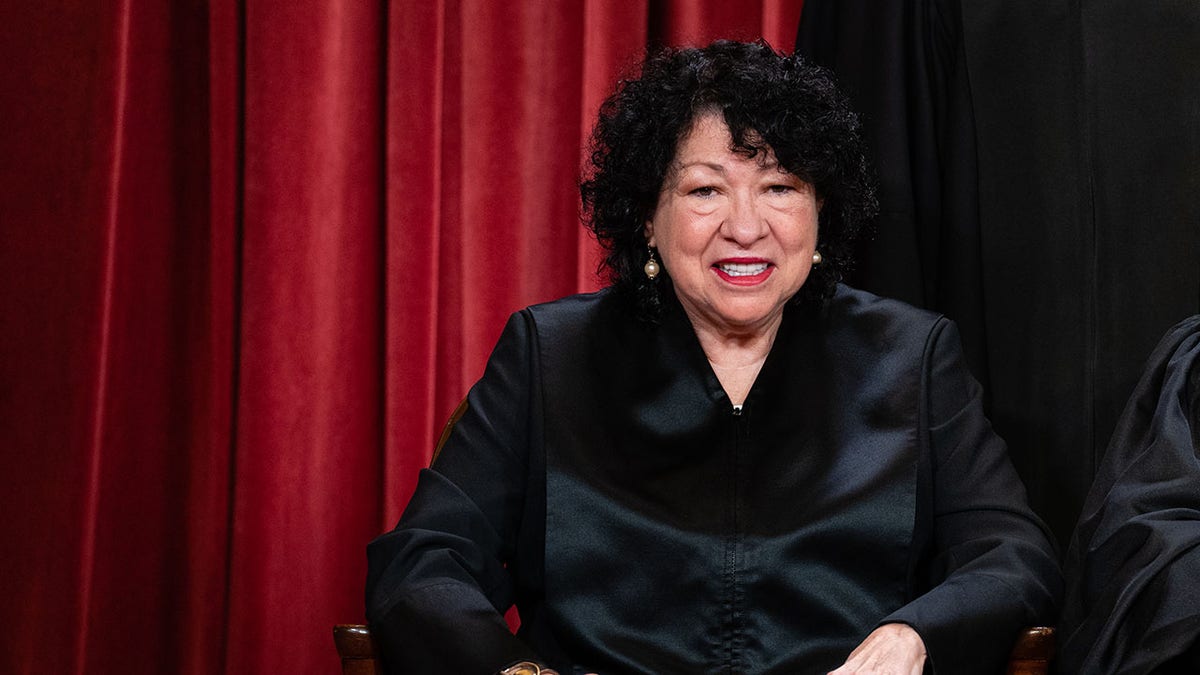
The 6-3 ruling, divided along ideological lines, stemmed from lawsuits brought by Students for Fair Admissions against Harvard and the University of North Carolina. The group argued that Harvard's admissions practices discriminated against Asian American applicants and that both universities failed to explore race-neutral alternatives. The court sided with Students for Fair Admissions in both instances.

